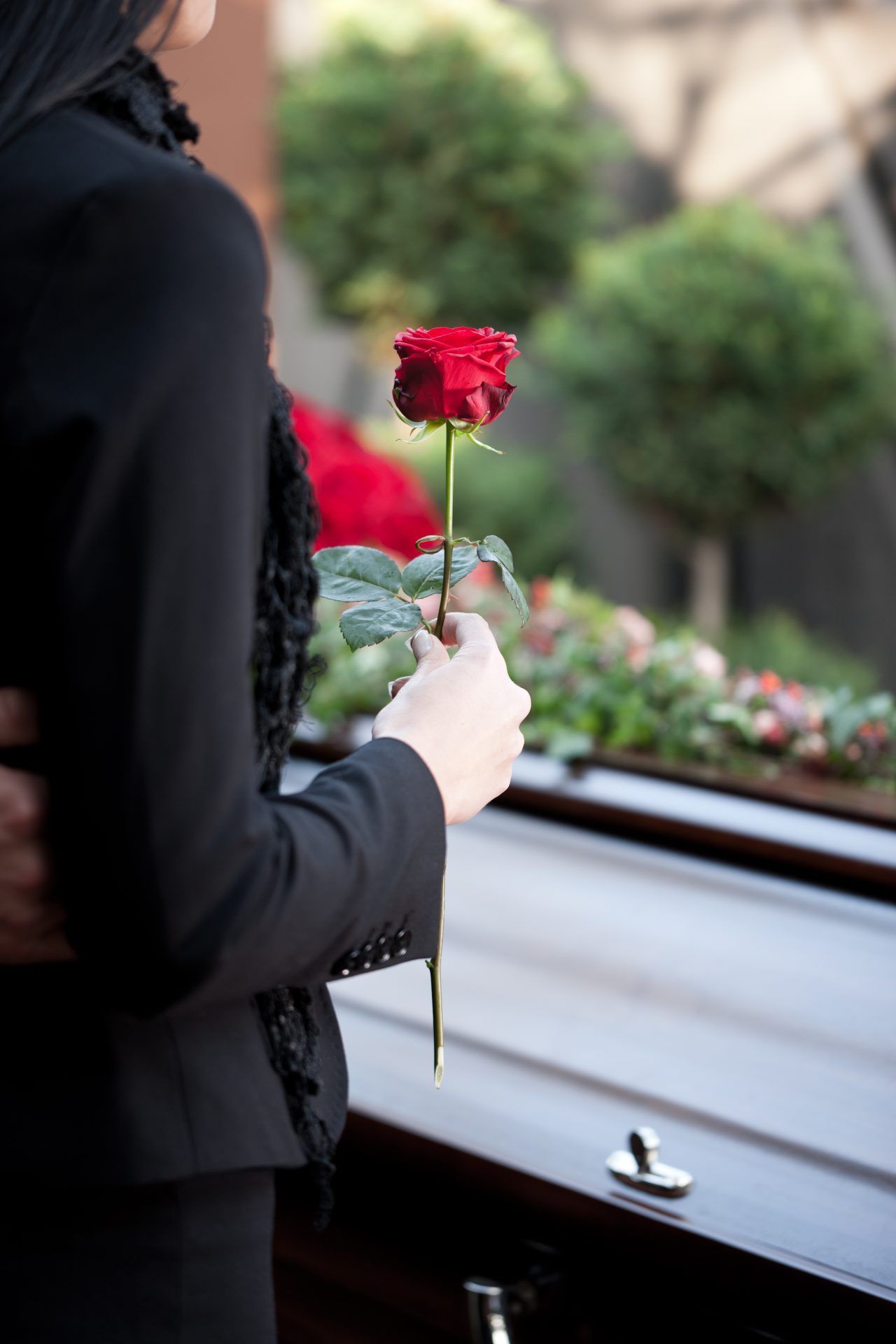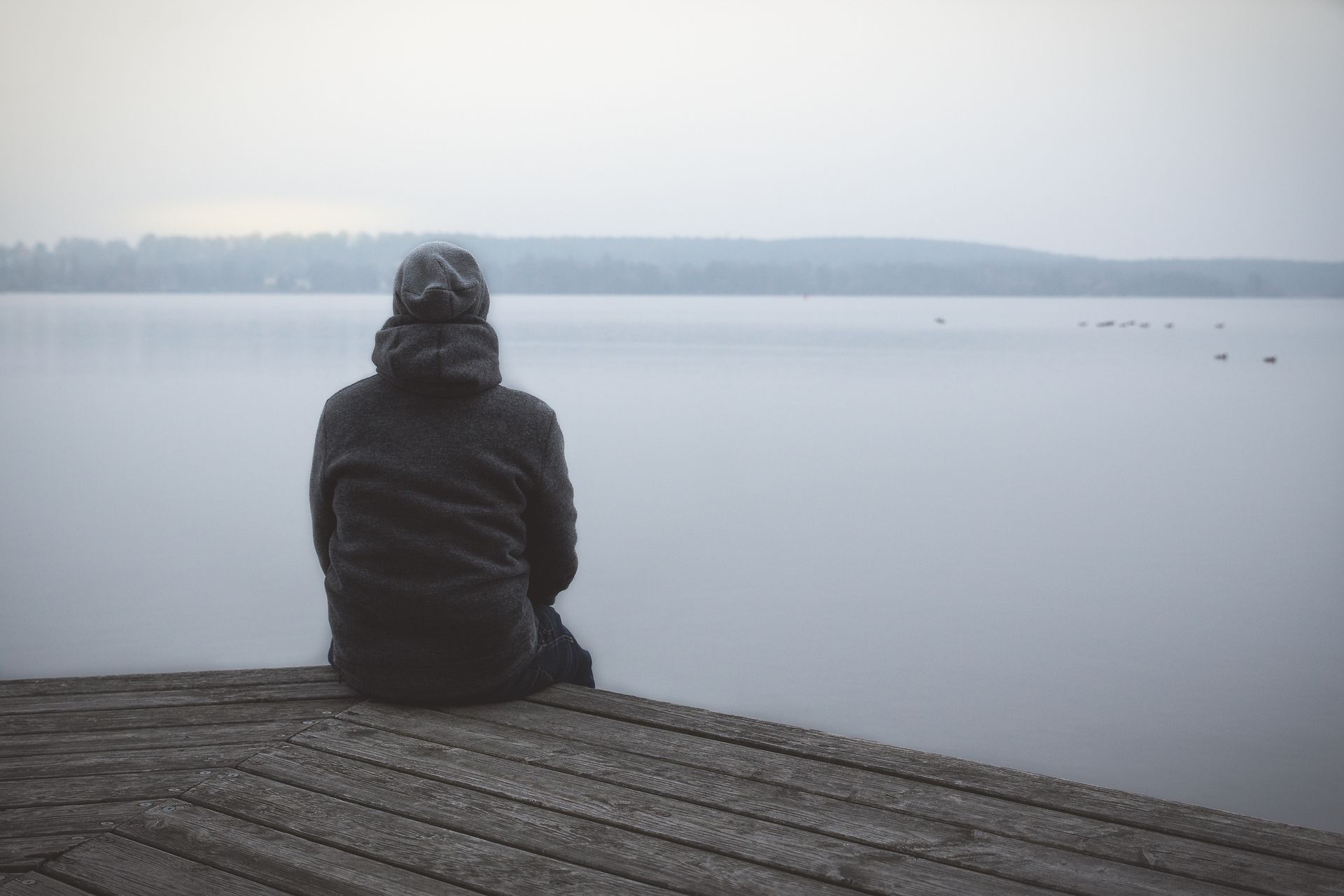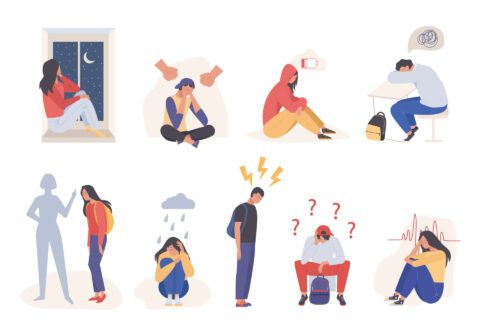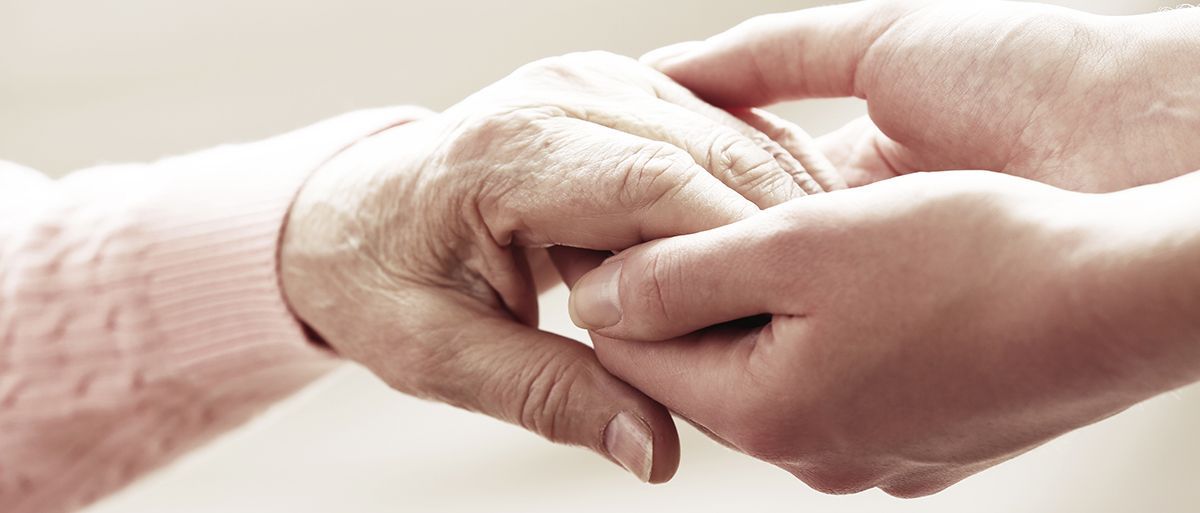Wearing Black to a Funeral
 Why do people wear black to funerals? Is it expected? What if I don’t want people wearing black to my funeral? These and many others questions may be plaguing you as you build your pre-need funeral plans
or plan for a loved one who has recently passed. To answer some of these questions, let’s look at the history of the tradition and how it has progressed through the ages.
Why do people wear black to funerals? Is it expected? What if I don’t want people wearing black to my funeral? These and many others questions may be plaguing you as you build your pre-need funeral plans
or plan for a loved one who has recently passed. To answer some of these questions, let’s look at the history of the tradition and how it has progressed through the ages.
How did the tradition start?
The tradition of wearing dark, plain clothing as a sign of mourning dates back to at least the Roman Empire, when dark togas were worn to symbolize grief and distress. However, during the Medieval period, white was the color of mourning in many places, including Spain and the Orient. This is still true in India, China and most African countries. The expectation of black clothing is predominantly a Western tradition. In England throughout medieval times, women were expected to wear black caps and veils when their husbands passed away. This continued through the 19 th century as the cultural expectation. In fact, up until the mid-20 th century, in many places it was seen as an affront if a widow or close family member wore anything BUT black for a pre-determined amount of time.
Is it still expected today?
In the United States, the expectations vary by region. Generally, it is expected that one dresses up for a funeral—men should avoid wearing jeans, T-shirts, sweats or any other clothing considered “casual.” Women should wear a skirt, dress, or nice pants and avoid strapless or revealing attire. A good rule of thumb is to dress as you would at church or a job interview. Proper dress is a show of respect to the deceased and the grieving family. Outside of general guidelines, expectations are culturally-based. In the south, modest, dark funeral attire is usually expected. The mid-western United States tends to be more casual. In the east the expectation may be more formal dress but less strict in color scheme.
What if I don’t want people wearing black to my funeral?
It is not uncommon for funerals to have “themes,” like a party would have. I have heard of funeral invitations that ask guests to wear all pink—one funeral encouraged guests to wear Hawaiian shirts! If you have specific guidelines such as these, now is the time to sit down with your funeral director and assemble your pre-need funeral plans. Most people assume that dark colors and plain clothing is appropriate for funerals, so unless you specify otherwise, that’s probably what you can expect. Make your wishes known by planning your own service ahead of time!
A few final thoughts.
Remember, if you’re attending a funeral and not sure what to wear, go with the safe choice: dark, church-appropriate clothing that your grandmother would approve of. Wear comfortable shoes, as you may be standing for long periods of time and walking around a cemetery. Take the weather into consideration—burial services are outside, whether rain, shine, or snow. If you are trying to look respectful, you will fit right in with everyone else.
The post Wearing Black to a Funeral appeared first on Memorial Mortuaries.












